5-10-5: Claire Takacs, Garden Photographer
A seasoned traveler (it must be an Australian imperative to have a passport and see the world!), Claire has the enviable position of photographing beautiful places, namely gardens, throughout the world when she is not home in Victoria, Australia. I met her when she was in the East Coast US photographing gardens from New England to the Mid-Atlantic region.
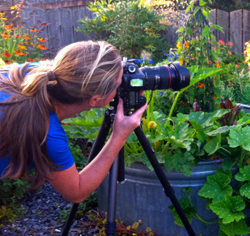
Please introduce yourself.
I'm an Australian freelance garden photographer who travels 6-7 months of the year based out of England when not in Australia and to the US and Europe. I work mainly for magazines such as Gardens Illustrated and Garden Design and contribute to books.
The arts or horticulture?
It would have to be a fairly equal combination of both.
I studied art at school, with a keen interest in landscape painting and then completed a bachelor degree in Environmental Science.
I often see gardens as works of art and feel compelled to capture their beauty and I find light brings it all to life.
I have a great appreciation of nature and are always seeing plants I have never seen before. However, I am not driven by knowing all of the details of plant names etc. It's more about the bigger picture and feelings that gardens evoke when skilfully planted and created by expert and passionate gardeners and garden designers.
How did you first become interested in photography, especially garden and landscape photography?
Upon completing my science degree, I left Australia with a one way ticket to London. This flight was the first time I really had freedom and time to explore the world and I became really interested in photography and constantly wanted to capture what I saw along my travels. I was often disappointed at how my images turned out when they came back from the lab, and really wanted to learn how to take better pictures that represented what I saw.
When I returned to Australia, I decided I wanted to do garden design or photography. Science was never really in the picture, but rather it was always a love of nature and wanting to work outdoors from the beginning.
I chose photography, and completed a two year full time course, beginning at 26. Initially I was really drawn to photographing landscapes and capturing light, which was about beauty in nature.
During the course, one of my projects resulted in photographing a garden, Cloudehill. Cloudehill is one of Australia's best gardens by owner Jeremy Francis who inspired by the famous Arts and Crafts gardens of the UK. It just happened to be ten minutes down the road from where I'd grown up, but I'd never seen it until now. Francis's garden reminded me of the great gardens I'd seen in the UK.
It was an absolute revelation having this garden all to myself at sunrise one morning and photographing it as I would for a landscape. There was just such beauty in this garden and I couldn't believe how no one else was there capturing the moments. Cloudehill then became my initial inspiration for garden photography and the beginning of it all for me. It was the first garden I got published in Gardens Illustrated and it was the front cover image on the inaugural International Garden Photographer of the Year Competition, which I won in 2008.
Garden photography has been the focus for my life and travels ever since and it has taken me on such an interesting path to endless beautiful and amazing gardens and people throughout the world. I still love landscapes, but often I prefer just to enjoy them and concentrate my work on gardens. I find it's so interesting to see what people at a really high level in horticulture are doing all around the world. I'm constantly surprised by the gardens I see. I too have a great love of gardening myself and I understand what it is to be totally swept away and consumed by gardening.
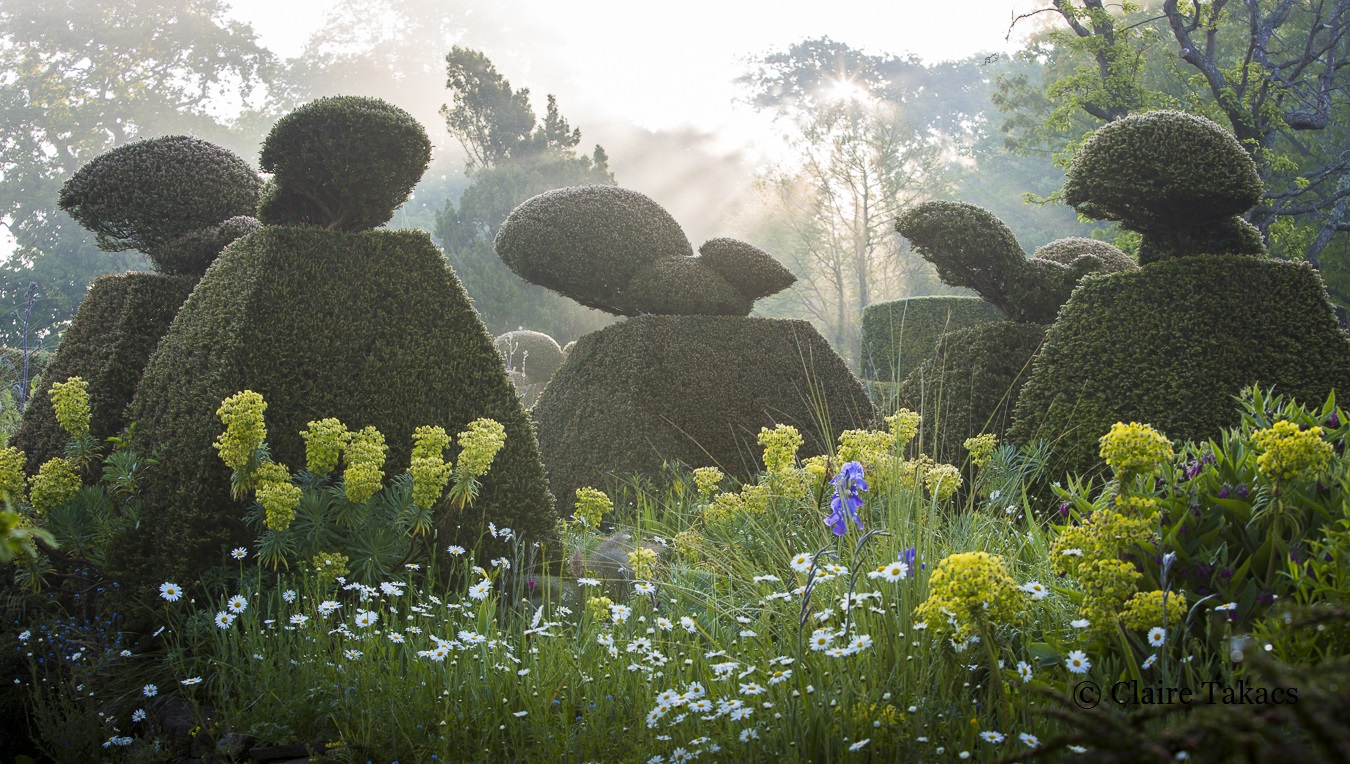
Some photographers prefer the morning light for producing the best images, others the evening light. The majority of your images appear to be taken during early morning when the first rays of light breaks apart the horizon or the mist. Has your experience naturally steered you towards mornings?
Yes, generally I much prefer morning light. My favorite morning is a cool morning which is a little misty and then the sun breaks through the mist. I love photographing in autumn and cool climates when the light is softer. In Australia our light is often so harsh that you have to be very quick to photograph before the window of nice light passes. I find the gardens quieter in the morning and I am fresher, which really allows me to focus on the photography only. Generally the light is more atmospheric in the mornings; however, it does depend on the garden's orientation, as some gardens have nicer evening light and the time of year can change it as well. If possible, I generally try to get both sunrise and sunset lights in the garden.
At times, weather can be uncooperative for photography, necessitating repeat visits until it is optimal. Given scheduling constraints, how do you circumvent the frustration of inclement weather?
Weather is probably the most difficult thing I have to deal with. Almost everywhere I go, I seem to get unseasonal conditions, or so gardeners tell me. Climate seems to be noticeably changing around the world and affecting flowering times in gardens.
For some gardens, I just don't seem to be lucky with the weather and I will have three or four goes at it. However, it really depends on where I am and how flexible the owners and I can be. Often I am working freelance, sourcing gardens myself and working with writers remotely, so I have to weigh up how long I can afford to wait. Sometimes I will have to work with the conditions as they are, such as having two shoots - an evening followed by a sunrise shoot, which may might give five minutes of nice light, but sometimes that is enough for a double page opener for a feature. More often than not, it's not plausible to get the whole shoot with good light, which is frustrating. There are certain conditions though, such as dark grey clouds and high winds that make it impossible to get good shots. I have photographed for hours in the rain underneath an umbrella for a couple of gardens yet this patience has resulted in published features. My winning IGPOTY shot was photographed in snow underneath an umbrella.
Generally I keep an eye on the weather closer to the date and ask for a little flexibility with owners if possible. If I really feel a garden is worth capturing in good light and the weather is just not cooperative, I will go out of my way to return to a garden and shoot in good light. I have been know to get up at 2am and drive 3 hours for a fourth attempt at photographing the one garden. I often also have 14 + hour days when traveling in summer, with a shoot in the morning, some scouting during the day, driving and then another shoot at night. It can get pretty exhausting, but it's worth it if the gardens and light are good.
Do you have a preliminary session or discussion with the garden owners as part of your 'screening' process? I have heard that understanding the owner(s)' philosophy and approach towards gardening can help the photographer hone on specific details that reflect the garden's personality.
Yes, if possible I always have a preliminary visit and walk around the garden with the owner or designer. It is important to have this time and get some understanding of the garden and the thought process and person behind it. There is much detail in gardens, thus it is helpful to have some special plants or specific garden areas pointed out. Then I like to take another walk around the garden by myself without my camera, look at it, and walk around it from different angles, so you can plan a bit mentally as to what you need to capture and some good spots to shoot from. I always make sure I know which direction the sun will be coming up and moving through the garden.
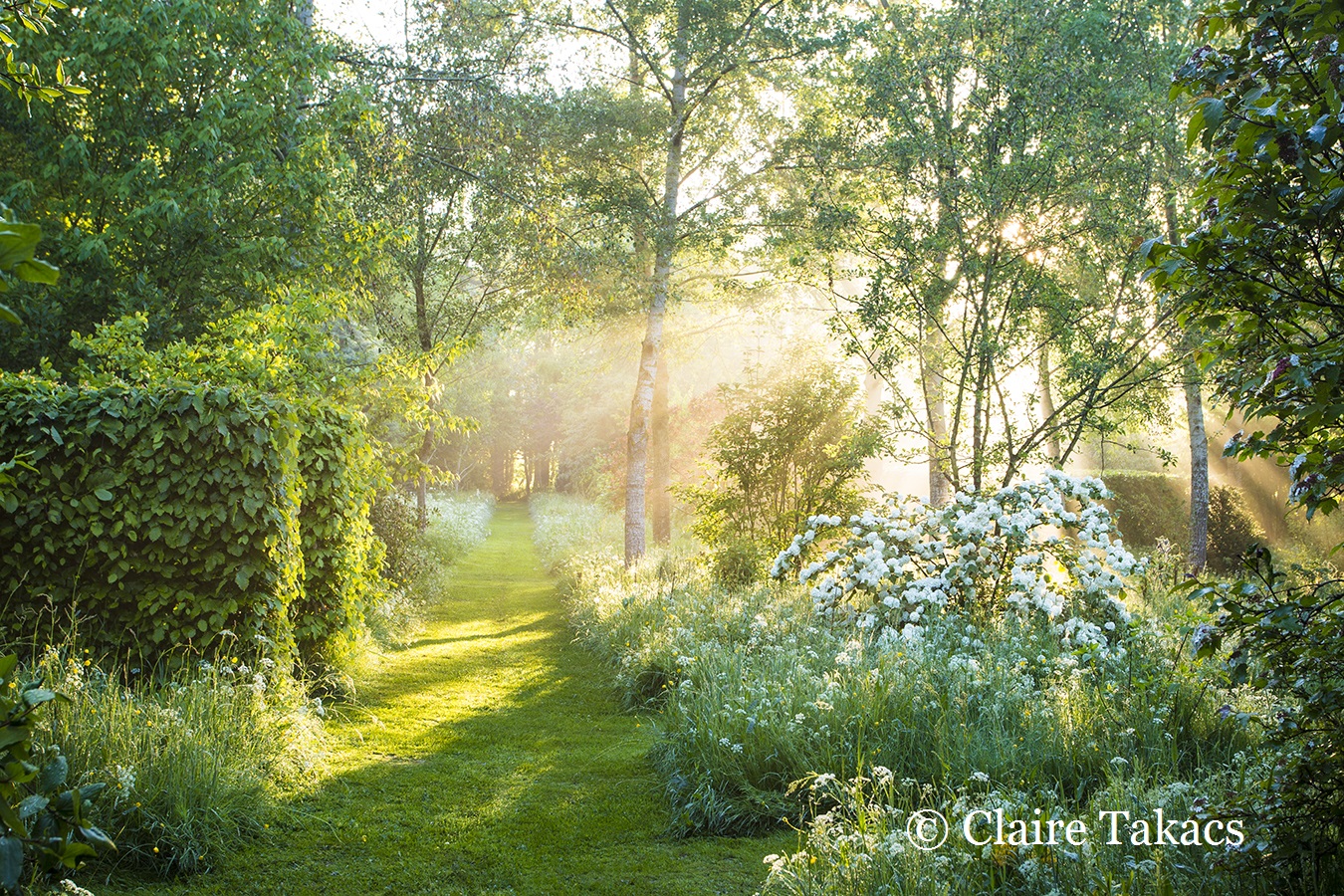
Any photographic tips you wish to share with your readers?
Light - this aspect is the most important thing apart from timing. It is crucial to time the photography for a peak time in the garden, whether that be spring flowering or autumn color if possible. Once you have the visit's timing right, light then is critical because it completely changes the mood or feeling of the images and captures the beauty of the garden. I like to follow the light around the garden as it moves throughout the morning or evening. It essentially dictates the shots I take. When the light is at its best early in the mornings, I focus on the wider landscape shots. As it then moves around the garden, I use it to highlight certain parts or plants on the garden for closer, more detailed shots. Finally once it is too bright, you often can't achieve those overall shots without too much contrast between shadows and highlights.
Composition - good light is great, but you need to pair it with good composition. Look for a shot that is balanced, and for the wider shots to have detail in the foreground, mid ground and distance.
Tripod - As personal preference, I still always use a tripod with a shutter release for low light conditions to ensure my pictures are sharp and I find it helpful for careful framing of images.
Ladder - lately I've been really enjoying the perspective of gardens while shooting from ladders. Particularly with gardens with tall perennials it really helps to capture the scene.
Shoot into the light - if you position the camera so it is protected from direct flare (although sometimes this tactic can work) either behind a tree or plants in the frame and shoot into the light, you can get some nice lighting effects when the light is low.
Please pick at least 5 of your favorite or best images and explain why they appeal to you the most.
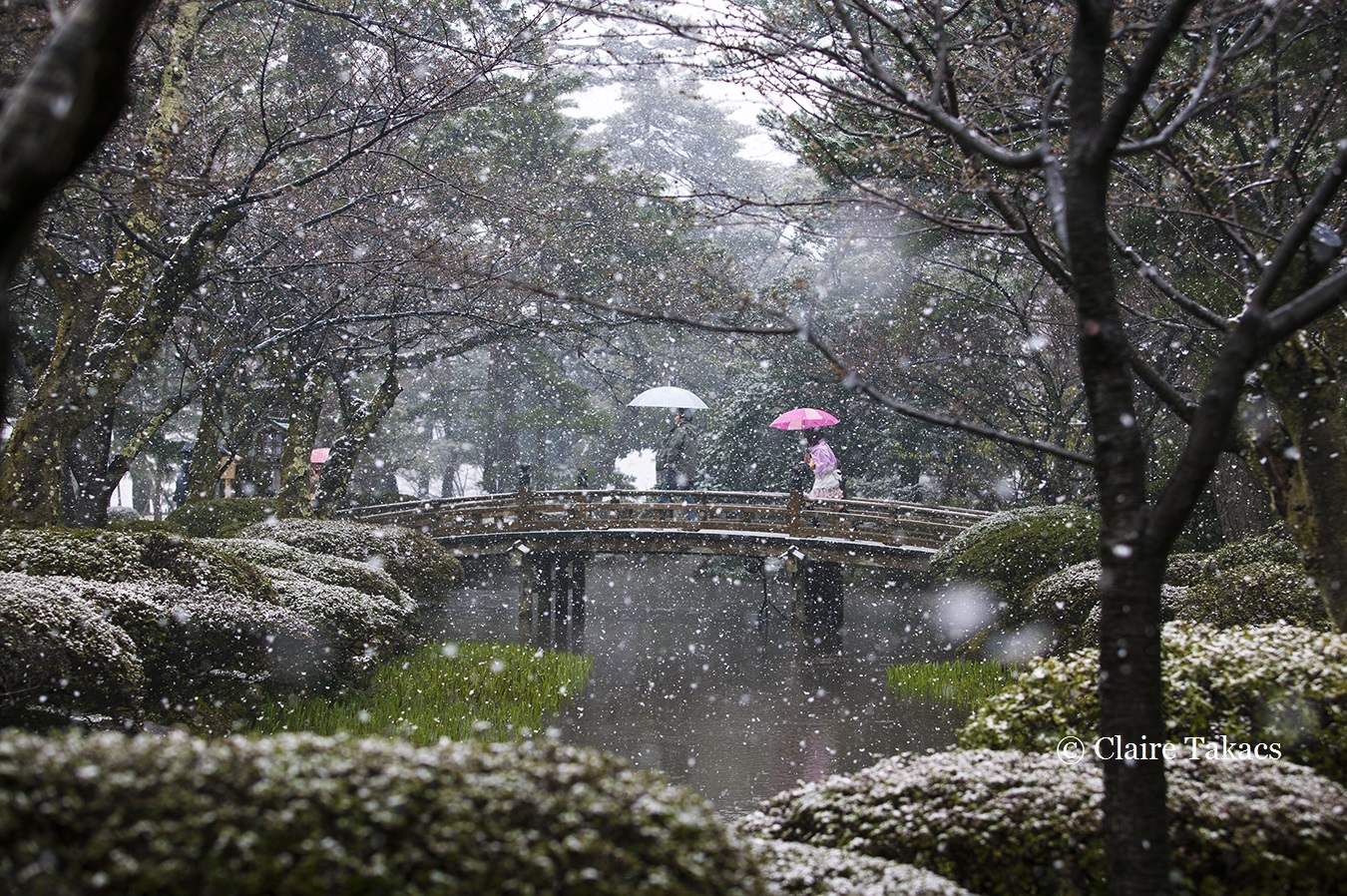
Kenrokuen, Japan. Winner of inaugural IGPOTY 2008
This is probably my most favorite image. One that I don't tire of looking at. It feels timeless and a beautiful/magical moment captured. Reminds me of a painting. I saw this shot and framed it with the bridge, but then the couple crossing at the perfect moment definitely made the shot, for which I was very grateful.
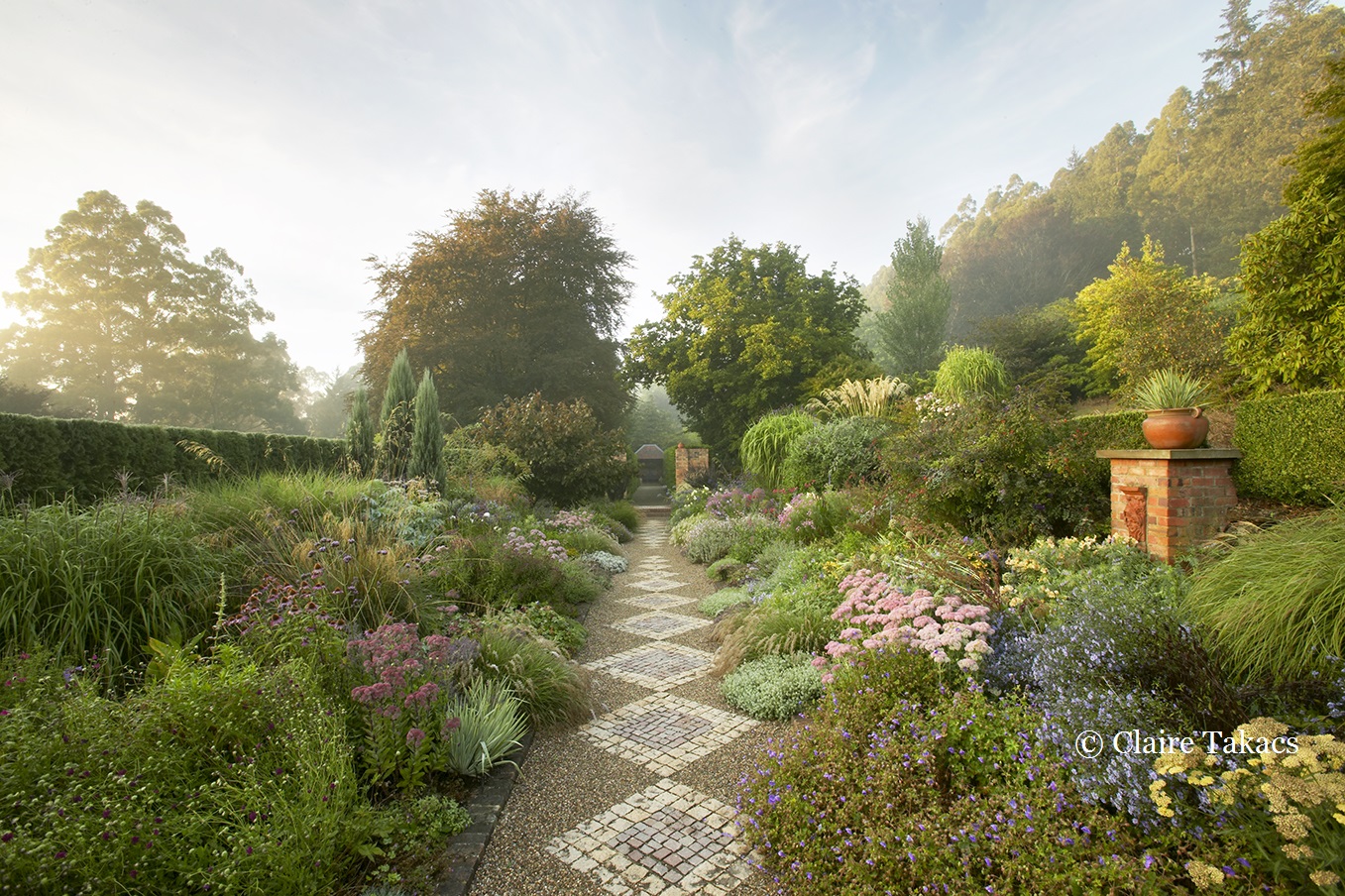
Cloudehill, Victoria, Australia.
This garden is very special to me. My initial inspiration. I love the symmetry of this image. The beautiful planting and the soft light at sunrise. Your eye is really led to the seat in the distance and the path draws you into the scene.
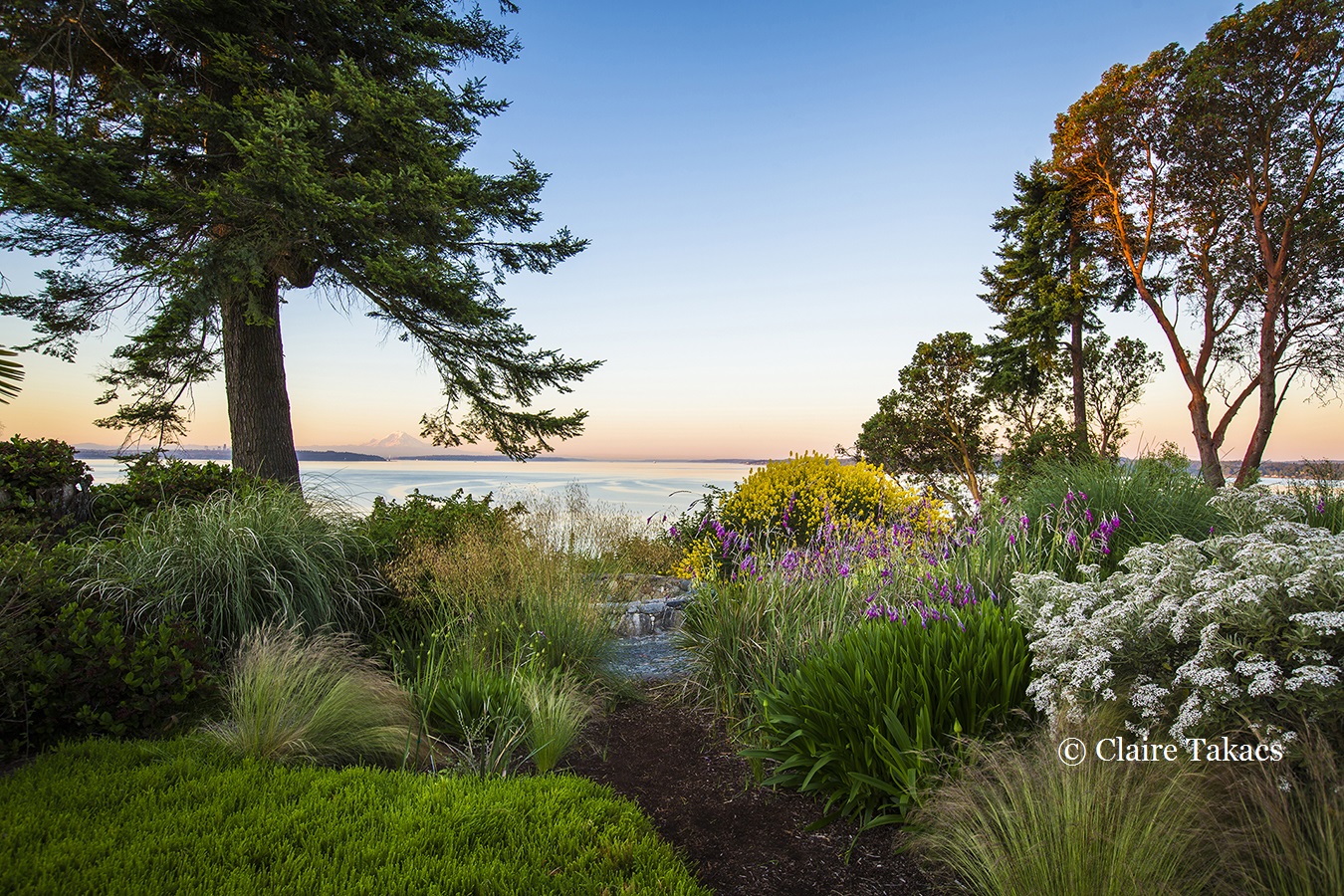
Windcliff, Indianola, Washington State, USA (Dan Hinkley).
Hard to imagine a more spectacular backdrop for a garden. I love the soft light at sunrise and the beautiful plants in Dan's garden and how he frames the view of Mount Rainier. I love how the sunrise is capturing the tops of the trees on the top right of the image. I find it is a peaceful image, completely still and almost surreal.
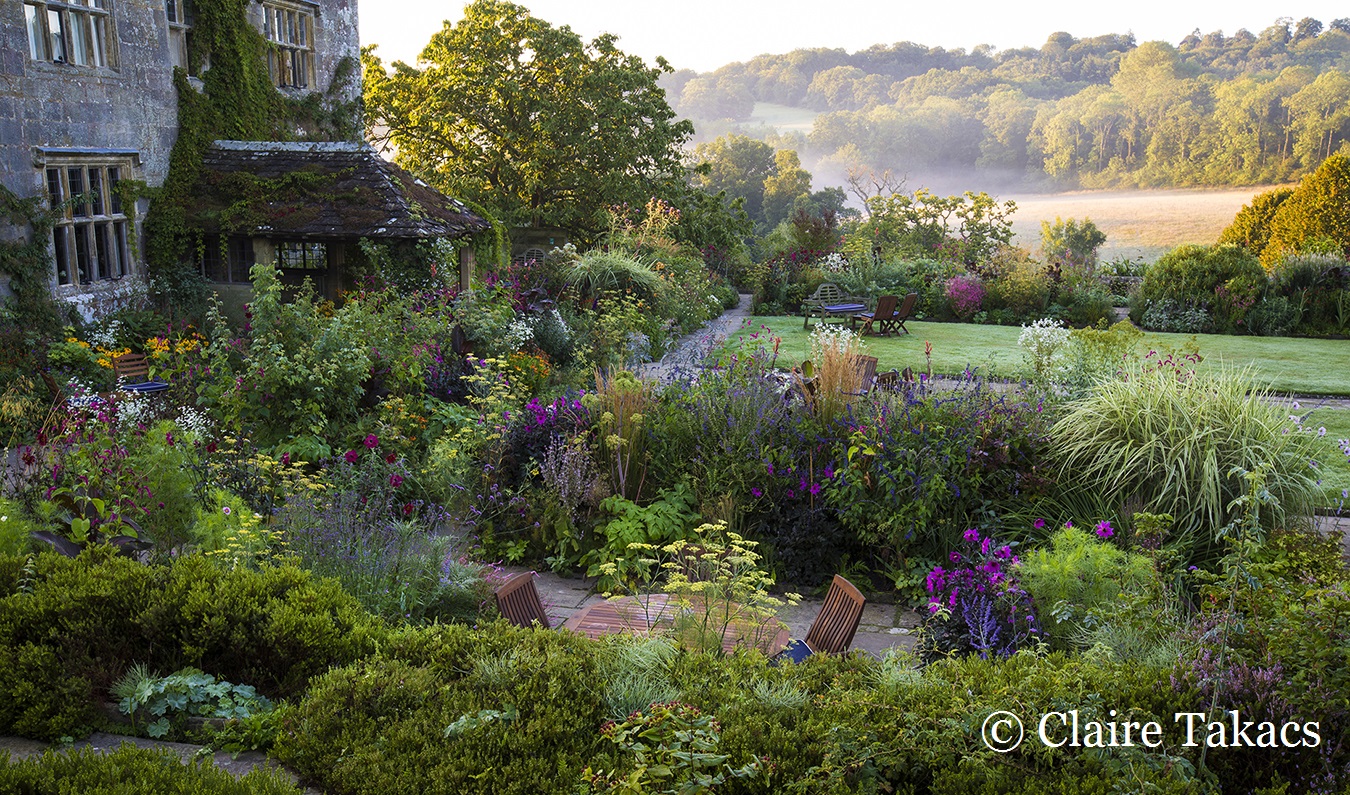
Gravetye Manor, West Sussex, United Kingdom.
I loved this garden and its setting. The planting by head gardener Tom Coward was spectacular. I find this image has a lot of depth to it as I tried to capture the many layers and paths in the garden and then the soft mist in the distance at sunrise. There is a lot going on in this garden, but with a beautiful subtlety that I tried to capture it here.
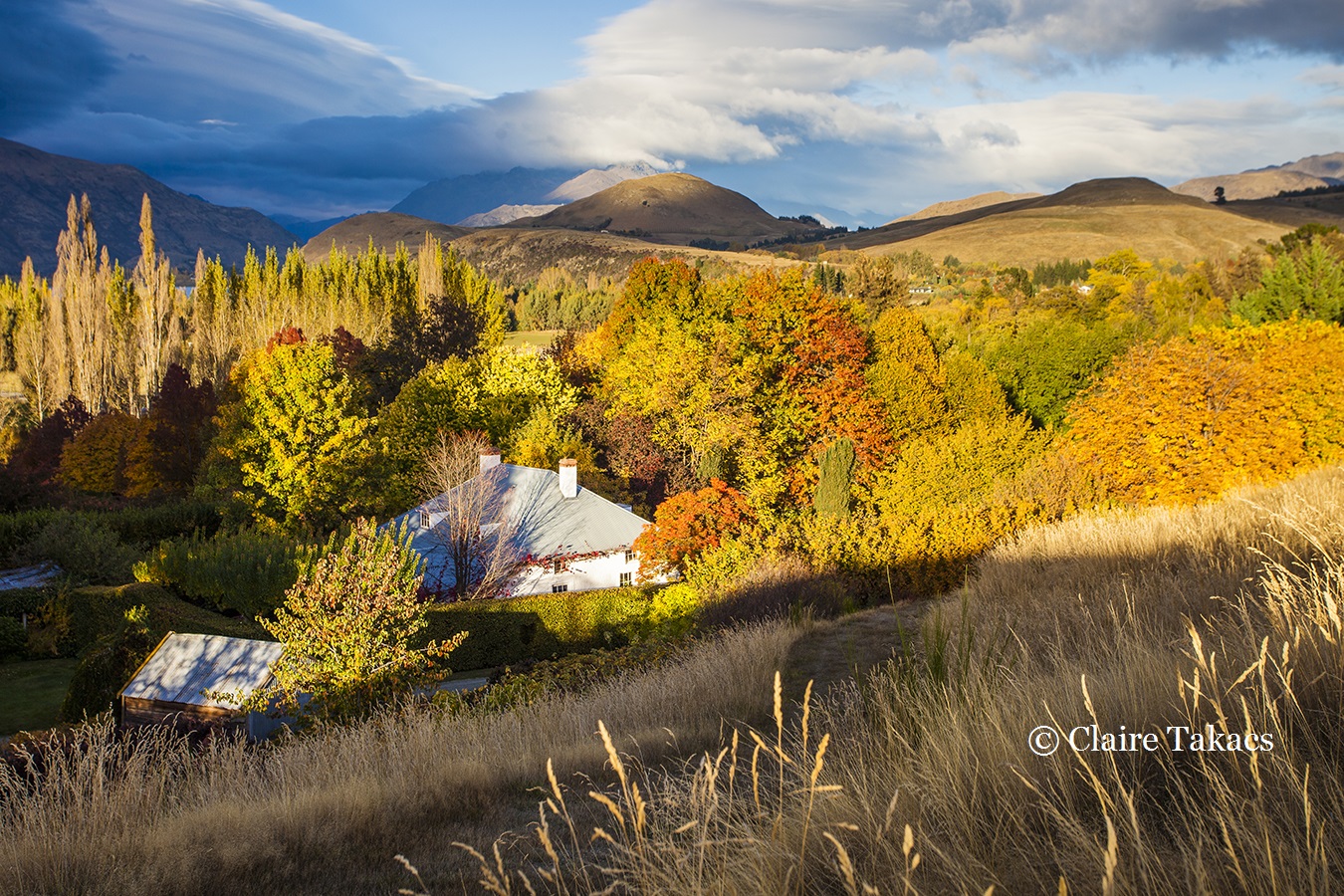
Blair garden, New Zealand.
I really loved this garden and its location. This was taken on the fourth consecutive day that I'd visited the garden and walked up the hill multiple times to get some nice light there, to show the setting of the garden surrounded by the majestic mountain backdrop. I waited until the light highlighted the grass in the foreground, which then leads your eye to the owners house and garden and then the distant landscape.
Thank you, Claire! ~ Eric
Follow Claire on Instagram. Her photography can be reviewed on www.takacsphoto.com





